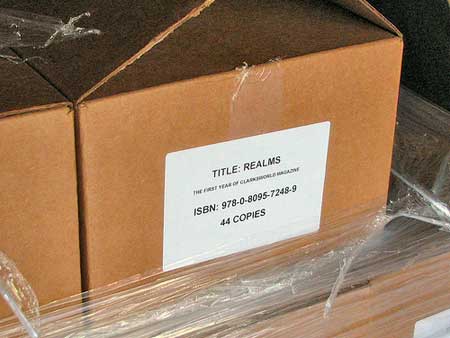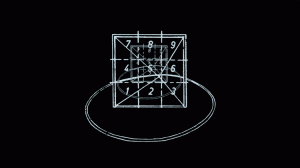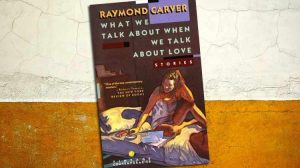Recently I’ve received a couple of emails from visitors to this site, who wanted to know how to determine how large a given published book’s initial print run (also known as the first printing, first impression, or press run) was. While there’s no central database, and it takes a bit of digging to get it, this information is sometimes obtainable.
Please note that the print run often has little correlation to the book’s collectible value; see below for further details.
major publishers
The size of a book’s initial print run depends upon its projected sales and orders received before publication. Publishers sometimes announce planned print runs in trade publications and to their distributors. However, this number is not always equal to the actual number of books initially published. The actual initial print run is based on orders received before its publication.
To learn what the planned (or actual) print run for a particular book was, you could contact the publisher, who will likely be able (and hopefully, willing) to supply you with that information.
You might also occasionally find the initial print run noted on the cover of an uncorrected proof (sent to reviewers). It also might be found in trade publication such as Publishers Weekly.
Keep in mind that many books go through several – or even dozen of printings – so the number of books initially printed may be far less than the total number which were circulated.

small-press poetry publishers
Small-press poetry publishers often publish small print runs, and often limited (sometimes numbered) editions. The number of books printed is based upon both projected and past sales. Sometimes this information is found on the book’s copyright page, or in a colophon. And, if you ask, these publishers are usually willing to report how many books were published.
A note on numbers vs. collector demand
Learning the print run for a given book may be interesting, but it’s not usually of tremendous value to collectors. This is because book values depend upon both supply and demand, the value of a book doesn’t usually have a direct relation to the number of books in print. Some books published in an edition of only 50 copies may be unsold & unwanted years later while others published in the thousands become very collectible.
A book’s scarcity often doesn’t correlate to the number of copies originally published, but more often to the number of copies in collectible condition (very good to fine) currently available to the collectors who want them.
Further Information
I recently came across a terrific blog post which goes into print runs in depth. You’ll find it here.
And, be sure to check out our book collecting articles (about terms, values, first editions, etc) to learn more about your books, and about collecting.




